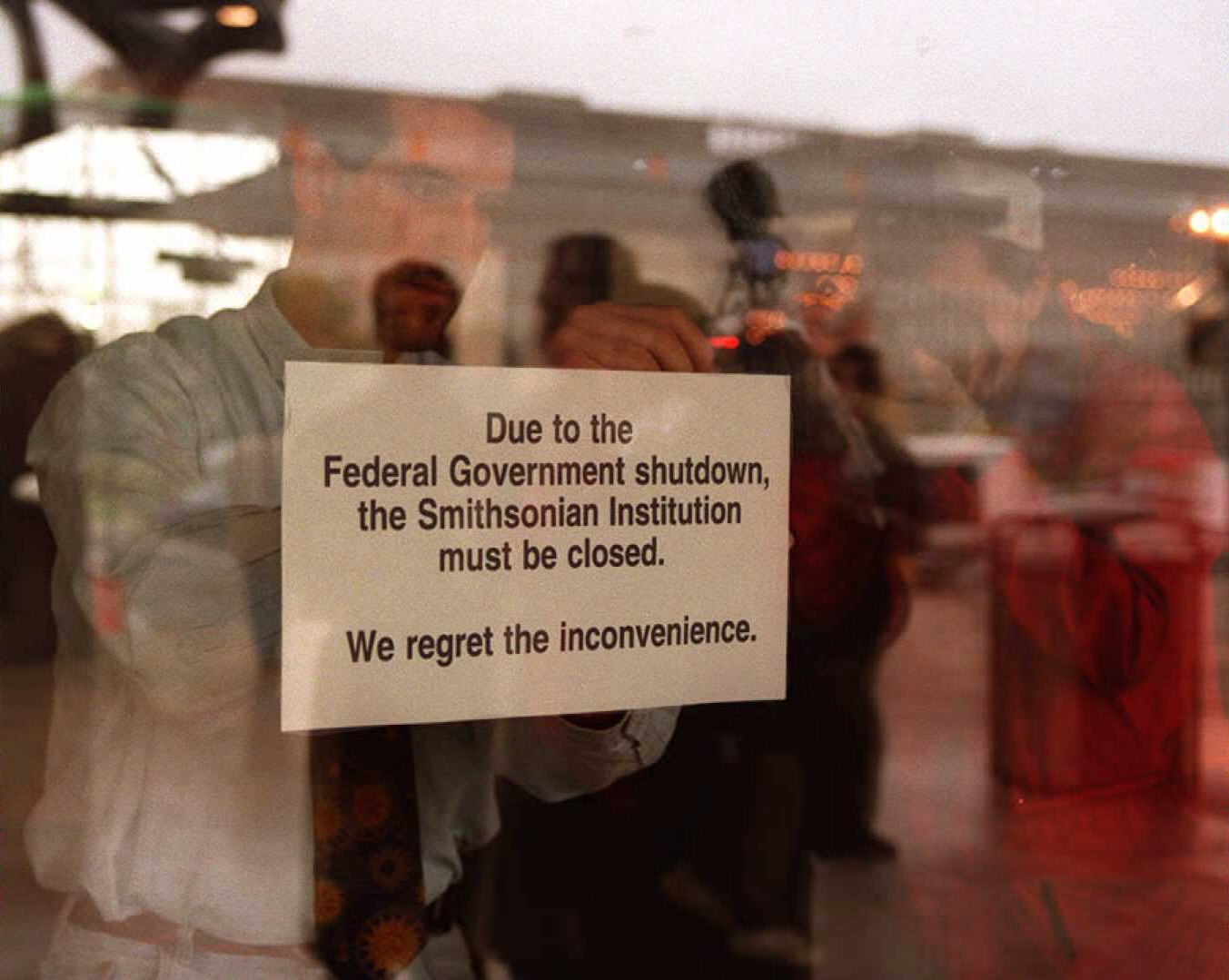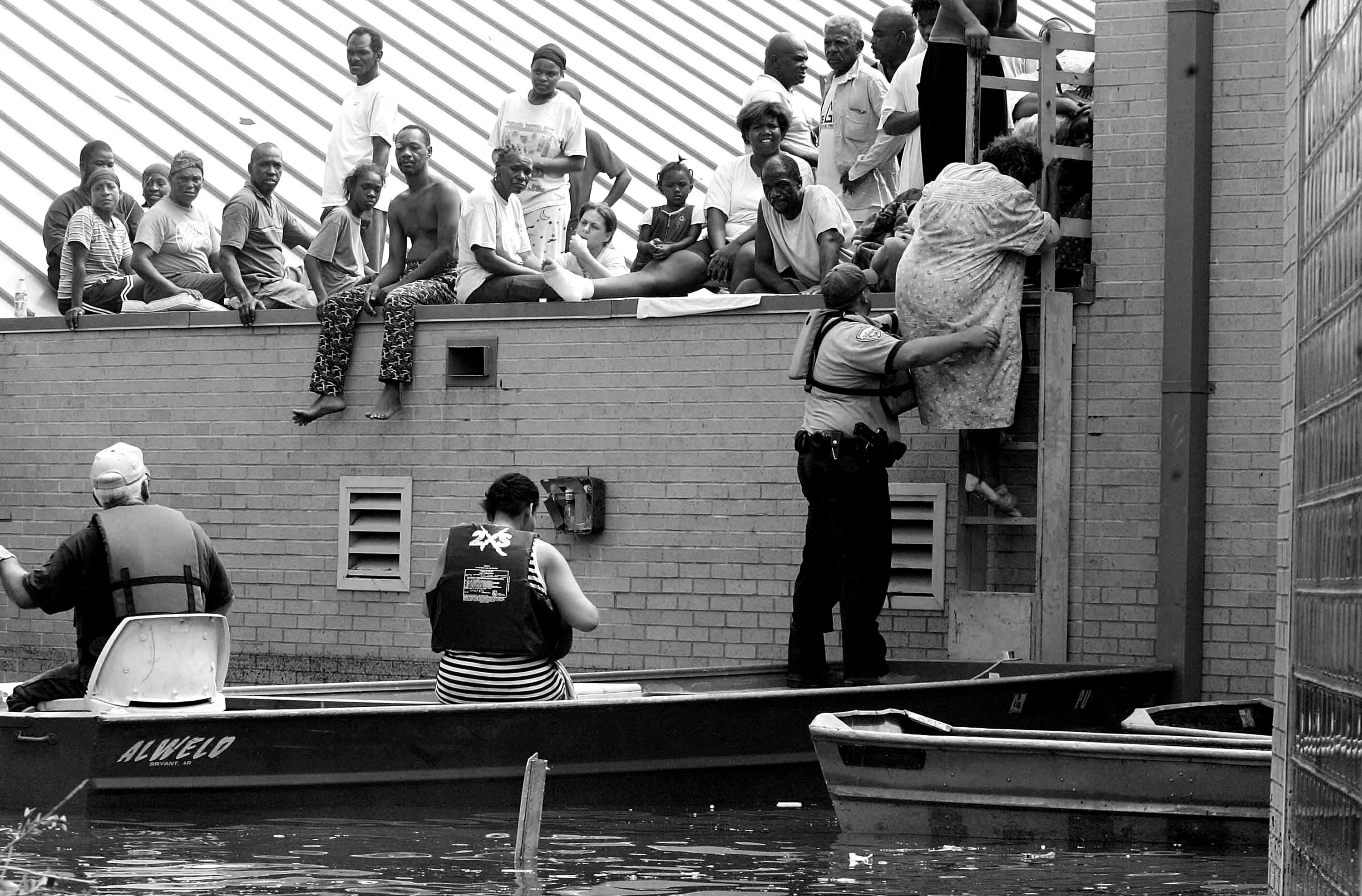This is part of a larger Federal Times 50-year anniversary project, showcasing the historic events from the last five decades that most shaped how government operates. Go to our special report to see more of our coverage as it rolls out in December and the first part of 2016.
The morning of Sept. 11, 2001, Pennsylvania Governor Tom Ridge got a phone call from the state police informing him that a plane had flown into the World Trade Center. He went inside, turned on the TV, and watched as a reporter abruptly ended an interview at the Pentagon because of a loud explosion.
"Chilling," Ridge recalls. "I could close my eyes and remember the whole day."
RELATED

Many of us can. But for Ridge, who later flew in a Chinook helicopter to see what he described as "a large, massive, smoldering hole" where another hijacked plane crashed just outside of Shanksville, Pennsylvania, that day and the months that followed were transformative.
"Within several days, I received a phone call from [White House Chief of Staff] Andrew Cardand the vice president, saying the president wanted to talk to me," Ridge said. "I remember quite well saying I'd be honored. They said he had an idea he wanted to discuss. I resigned as governor and the rest is history."
That history included the biggest reorganization the federal government had ever seen. It included the formation of the Homeland Security Department, the second largest agency in government with 180,000 employees at the time. It included a newfound reliance on, and skepticism about, private sector contractors to help combat an unfamiliar enemy. And it included the transformation in how agencies store and share intelligence information, emphasizing the need for more sweeping access.
"There was an operational challenge that goes on even as we speak, when you aggregate so many units of government and put a single face on the enterprise," Ridge said. "I try to explain, the department itself was a series of mergers and acquisitions and startups all going on at one time. But unlike private sector, you didn't have a year to get it right."
At the same time, companies new and old sprouted up to support the counterterrorism mission in the wake of 9/11 both by filling in operational gaps at DHS and soon after providing intelligence and military support in the wars in Iraq and Afghanistan. That reliance on private sector companies spurred skepticism among the public and within Congress that questioned whether they'd place mission interests above their bottom line – skepticism that transformed to distrust when allegations of fraud and waste emerged, followed by Abu Ghraib prisoner abuse by contractors.
"The wars in Iraq and Afghanistan, two of the most searing results of 9/11, opened the door to the politicization of acquisition – the use of real or perceived acquisition problems as emblematic of/proxies for disagreement on broader policy," said Stan Soloway, CEO of the Professional Services Council, and former deputy undersecretary of defense at the Pentagon.
Of course, amid the logistical and political challenges, top of mind to both government and the American people was the question of how – how the terrorists were able to achieve such a sophisticated plot against the United States. Ridge said answering that question became the top priority, "even before the ink was dry" on the 2002 Homeland Security Act.
"We suddenly needed to go from a Cold War strategy of need to know, to a strategy of need to share," Ridge said. "If you wanted to know what the biggest challenge was at the outset, it was securing relevant information in a timely way."
Indeed, the 9/11 terrorist attacks refocused the nation on the critical importance — and shortfalls — of intel capabilities, said Soloway, and in some ways represented a major reversal from the trends that took hold after the Church Committee reports, which in 1975 spotlighted domestic spying and led to sharp restrictions on the intel community.
RELATED

The events also influenced what eventually became the National Strategy to Secure Cyberspace, an effort to encourage and enable information sharing by ensuring it would not compromise the security or integrity of data or networks in the process. The effort was met with mixed response, recalls Howard Schmidt, who was appointed special adviser for cyberspace security for the White House in December 2001.
“Some people argued ‘cyber is not involved – we need to find stuff to stop people from blowing things up,’” he said. “They wanted a paragraph or two, not a strategy. Dick [Clarke, then-chief White House counter-terrorism adviser] and I had to fight tooth and nail and Tom Ridge finally shut them down, saying ‘no more. We’re doing it.’”
Jill Aitoro is editor of Defense News. She is also executive editor of Sightline Media's Business-to-Government group, including Defense News, C4ISRNET, Federal Times and Fifth Domain. She brings over 15 years’ experience in editing and reporting on defense and federal programs, policy, procurement, and technology.




